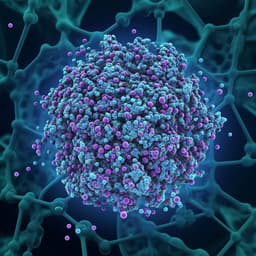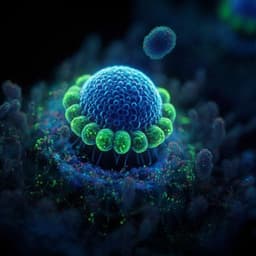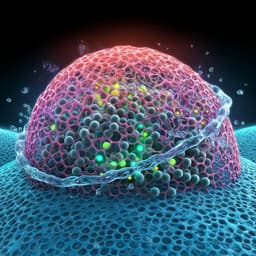
Engineering and Technology
Highly durable and sustainable heterogeneous fabric using in-and-out fluorinated urethane coating for elimination of bacteria and oil-water separation
M. Choi, S. Park, et al.
This innovative research explores a novel coating material for enhancing the oil-water separation capabilities of porous activated carbon fabric (ACF). The team achieved remarkable hydrophobic properties, exceptional bacterial blocking efficiency, and durability through the use of fluorinated polyurethane coatings. Conducted by a dedicated group of researchers from Yonsei University and the Agency for Defense Development, this study paves the way for advanced filtration technologies.
~3 min • Beginner • English
Related Publications
Explore these studies to deepen your understanding of the subject.







